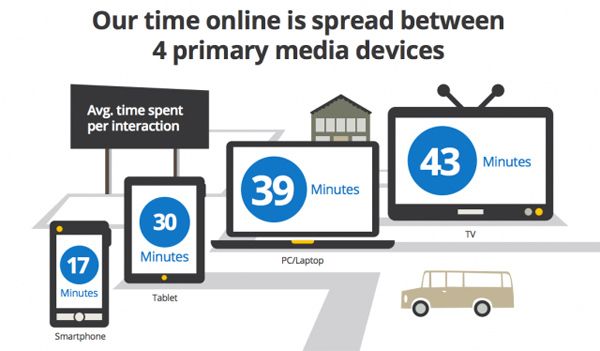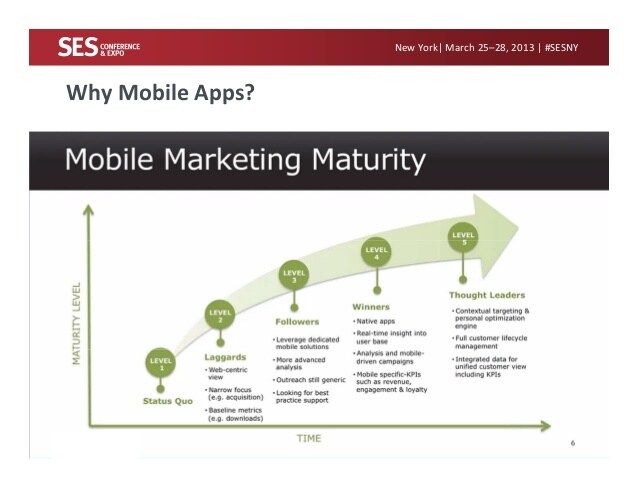Mobile content is fast becoming a significant driver in the long-term success of wireless carriers, creating a rush in the development of titles featuring the hottest names and brands — from Jack Bauer of “24” to Paris Hilton — to drive consumer demand.
While significant investments are being made to create catalogues of some great and some not so great content, only a small percentage of what is currently available is discovered and downloaded by consumers. This “content discovery” challenge is limiting the growth of mobile content consumption and revenues.
Capturing Eyeballs — Getting Mobile Content to Consumers
An emerging strategy, which takes its cue from Web 2.0 and social networking, is peer-to-peer (P2P) viral distribution of mobile content. P2P distribution of mobile content makes it possible for consumers who have downloaded a piece of mobile content such as a game, ringtone or wallpaper, to refer the content to one or more of their friends or peers. This instantaneous “referral” enables users to quickly locate the content and provides an option to purchase it. This process breaks down many barriers for consumers when it comes to purchasing content — whether locating it on an operator’s deck or downloading it to their device — and creates greater user confidence in the process. Technology that enables P2P distribution also ensures consumers can share content across networks and any given device.
For the uninitiated consumer, just figuring out the steps to buy a specific piece of content can be complicated and time consuming. Fortunately, operators have begun to recognize that many sales break down at the payment stage, as users simply don’t have the patience to click through multiple screens to complete the transaction. To combat this, some operators are now offering subscriptions, which enable users to streamline the purchase of mobile content by paying a monthly fee on their invoice for a fixed, or sometimes unlimited, number of downloads per month.
Finally, using the downloaded content has to be simple. For example, if a consumer downloads a game that is frustrating to figure out how to use, they will be less inclined to download content from that particular operator or publisher again, if at all. As with the online world, the fewer clicks required to actually enable a ringtone or downloaded game to operate on a phone, the better.
Globe and Mail— June 9, 2006
by Neil Closner

